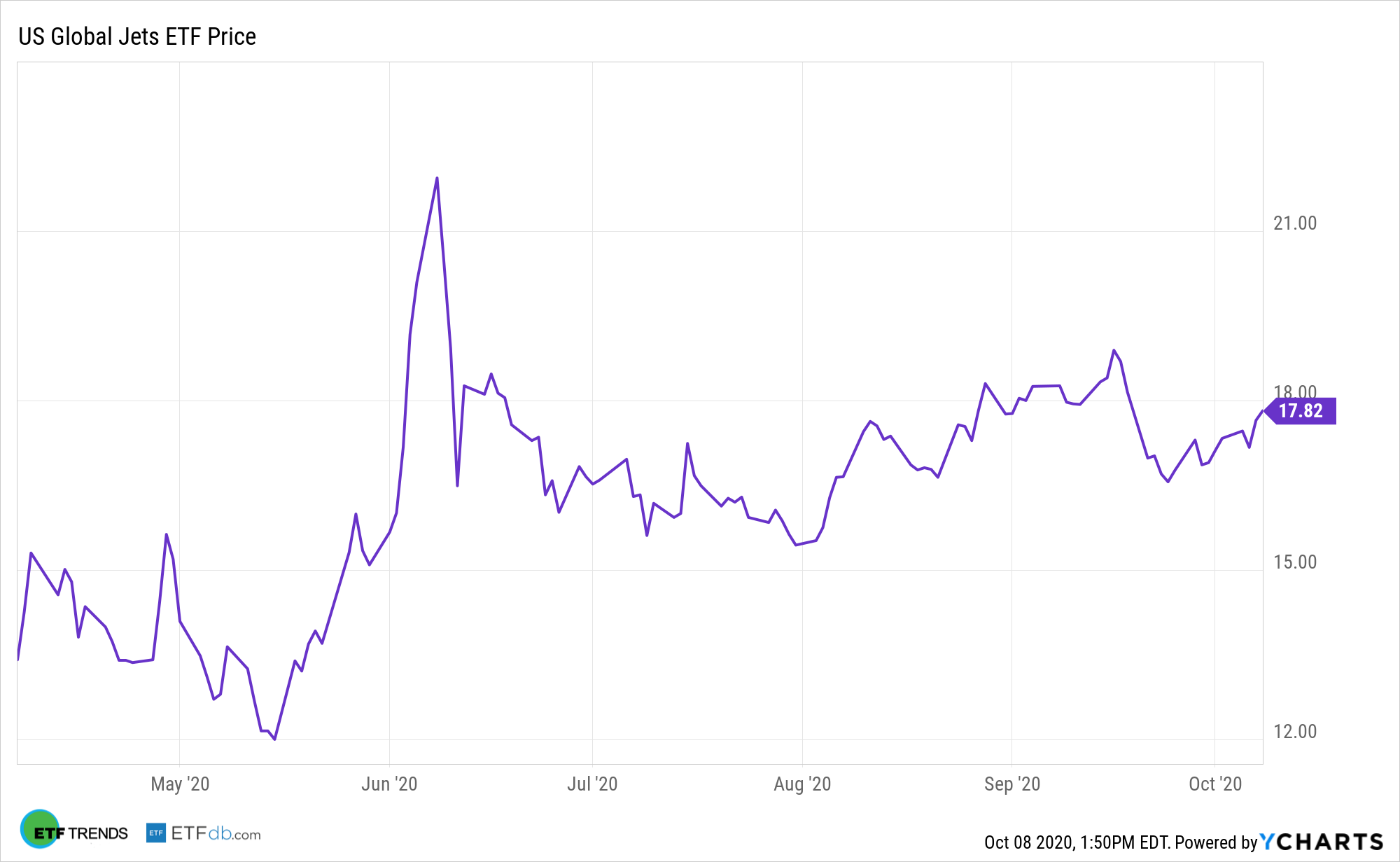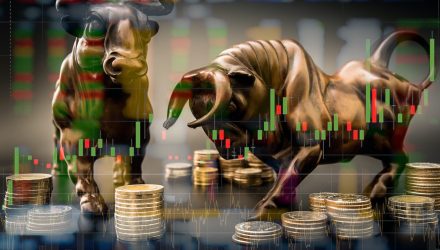Stocks and index ETFs are mixed to higher again on Thursday, building momentum following a decline in sentiment that was related to a potentially smaller coronavirus assistance package.
After a pullback earlier in the session from over 155 points, the Dow Jones Industrial Average is now just 0.27% higher. The S&P 500 advanced by 0.63%, while the Nasdaq Composite limited its gains to add 0.6%.
The major stock index ETFs are also attempting a run higher Thursday along with their underlying benchmarks, as the SPDR Dow Jones Industrial Average ETF (DIA) improved slightly, while the SPDR S&P 500 ETF Trust (SPY), and Invesco QQQ Trust (QQQ) are both climbing as of 1215PM EST. The iShares Core S&P 500 ETF (IVV) gained over 0.5% Thursday as well.

The mixed market follows a robust performance by stocks on Wednesday, where the Dow had its best day since mid July, gaining over 1%., while the S&P 500 and Nasdaq were added 1% during the previous session as well.
Stimulus Probable, But Still Uncertain
Most analysts now seem confident that further coronavirus stimulus will eventually occur, but advise investors to protect portfolios through appropriate diversification measures.
“Even though there is uncertainty now about the fiscal stimulus negotiations, regardless of who wins the election, we are likely to have additional fiscal stimulus,” said Nancy Davis, founder and portfolio manager at Quadratic Capital.
“With the uncertainty, I think it’s important for investors to have a diversified portfolio, with investments that are uncorrelated to each other. We should expect more uncertainty going forward,” she added.
Despite disappointing claims data Thursday, which revealed that 840,000 more Americans filed for unemployment benefits for the first time, as opposed to the total 825,000 first-time claims that Dow Jones predicted for the week ending Oct. 3, markets seem to be achieving some traction since the sizable drop in September.
However, a number of risks are still present for investors, including increasing global coronavirus cases and a sluggish rate of economic recovery. This makes it likely that investors could encounter heightened volatility for the time being.
“The risks we are now facing—medical, economic, and political—have waxed and waned over the year, so a difficult quarter will be nothing new,” noted Brad McMillan, Chief Investment Officer for Commonwealth Financial Network. “In fact, after the election, there is a good chance next year will look much better. We will have to wait and see, but for the moment, be prepared for volatility — but remember that it will pass,” he added
For more market trends, visit ETF Trends.
